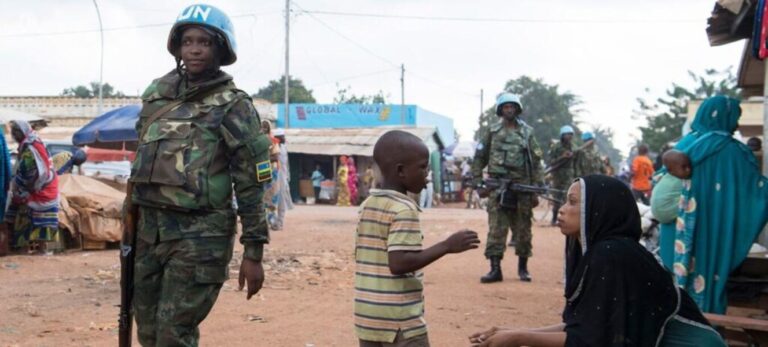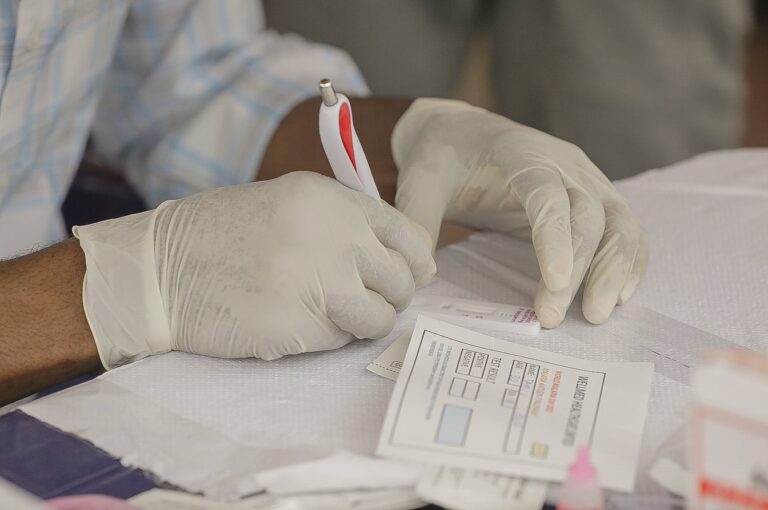
Heavy rains in the upper Senegal River basin have caused a rapid increase in water levels, prompting warnings from Senegalese authorities about the risk of flooding in riverside towns.
The Ministry of Hydraulics and Sanitation reported that recent rainfall, particularly at the Bafing Makana and Gourbassi stations, has led to “a worrying rise in water levels” across the Senegal River Valley.
Hydrological forecasts for the period between October 2 and 5 suggest that this trend may intensify, potentially exposing several communities to serious flood risks.
The ministry has called on residents and economic operators along the river to remain vigilant and to take all necessary preventive measures. “Local populations must redouble their vigilance to safeguard lives, property, and economic activities,” the ministry emphasized.
Departments identified as most vulnerable include Bakel, Matam, Podor, Saint-Louis, and Dagana. Within these regions, towns such as Ballou, Matam, Cas-Cas, Hydrobase, and Touba Thiabakh have been highlighted as high-risk areas.
Authorities have stressed the importance of early preparation and adherence to safety guidelines to minimise the impact of potential flooding.
The ministry is working closely with the Organization for the Development of the Senegal River (OMVS) and relevant technical services to monitor the situation in real time.
“We are closely following developments and will continue to provide timely information to the public,” officials said, stressing that coordinated efforts are essential to mitigate the effects of rising waters.
Residents are urged to stay informed through official channels, secure their property where possible, and be ready to evacuate if necessary.
With the rainy season still ongoing, authorities warn that the risk of flash floods and river overflows remains high, particularly in low-lying and flood-prone areas.
The call for vigilance reflects broader concerns about climate variability in the Sahel region, where sudden and intense rainfall can quickly overwhelm river systems, threatening livelihoods, agriculture, and infrastructure.



